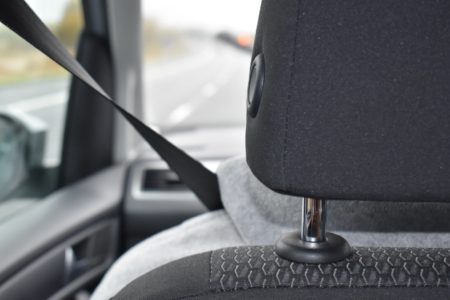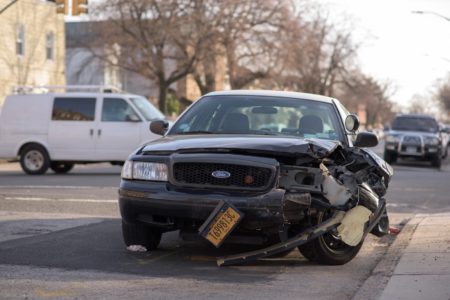How to Drive a Car | Parents Need to Set an Example
When a teen starts learning how to drive a car they are going to be watching their parents for clues on how it’s done. So if parents want their teens to learn to drive safely they have to drive safely themselves. And this means doing everything “by the book”.
Parents must follow all the traffic laws and must not do things they don’t want their teen to do. Telling your teen “do what I say – not what I do” will not cut it! As soon as parents are not there they will do exactly what they see the parents doing. They believe if their parents can do it they can do it too. And because parents are doing it and not getting into a crash, they will feel it is also safe for them to do it.
This can be a very dangerous way to learn to drive.

The “learning by example” process is much like alcohol…they see their parents drinking…so it must be OK – once they are old enough. Well now they are old enough to drive. And driving is much more lethal than drinking. The first time someone drinks too much they may just get sick. But the first time a new driver does something dangerous they may get killed.
Research shows that the risk of a fatal crash per mile driven for a 16 year old driver is four times that of adults over 30. Experience is a common factor in fatal crashes and teens don’t have experience especially in that first year.
Also not wearing a seatbelt is a major cause of teen deaths. One must ask why. Was it because their parents often “jumped” in the car and didn’t buckle-up?
Parents must identify their bad habits and make every effort to stop them. Here are some common bad habits parents pass on to their teen:
- Not coming to a full stop at each and every stop sign. Sometimes parents will slow down but not fully stop especially around the neighbourhood where there is little traffic. Keep in mind your teen will be learning in the neighbourhood.
- Using a cell phone while driving. Handsfree phone conversations are a huge distraction to a new driver.
- Not wearing a seatbelt for every trip in the car.
- Not always watching the road. Some parents turn to look at the passenger when driving. Or look in the rear view mirror. This is a very dangerous habit. Research shows that taking ones eyes off the road for more that 4 seconds is enough to cause a car to move out of its lane or off the road or hit a car in front.
- Taking hands off the wheel. Some people like to talk with their hands and take both hands off at the same time. A gust of wind, a pot hole, a passing car, a slope in the road, a flat tire, hitting an object on the road… can all cause the car to move unexpectedly.
- Not signalling at each and every turn.
- Driving faster or slower than the other cars on the road. Driving slow is not always driving safely and driving too fast is often the cause of fatal accidents.
- Passing cars on 2 lane roads. This manoeuvre is always dangerous and even more when an inexperienced driver does it.
- Speeding up to go through a yellow light. Experienced drivers are able to better judge when this is safe but statistics show it is safe to stop.
- Having an argument when driving.
- Driving when they are too tired.
- Constantly changing lanes to get through traffic.
- Putting on makeup of fixing your hair
- Driving with a pet in their lap
- Smoking when driving
- Eating and drinking when driving
- Not turning to look behind the car when backing up
- Not checking your blind spot when changing lanes
- Beeping their horn and yelling at other drivers. This is a distraction that has a bigger effect on new drivers.
- Jack rabbit starts at stop lights.
- Following too close.
- Not properly scraping the windows in winter.
- Not checking the windshield washer level regularly.
- Not walking around the car when backing from residential driveways.
And the list goes on……
Teens learn to drive safely by developing safe driving behaviours and habits. Make sure they don’t learn unsafe driving behaviours and habits from their parents.




